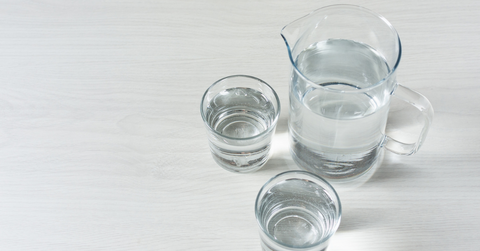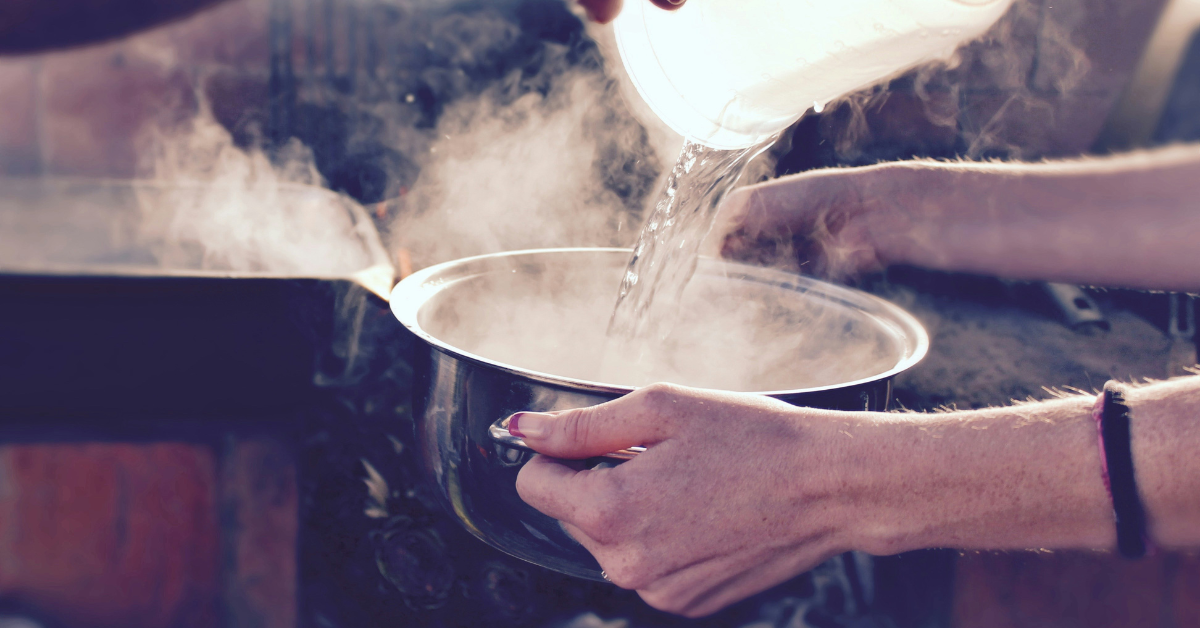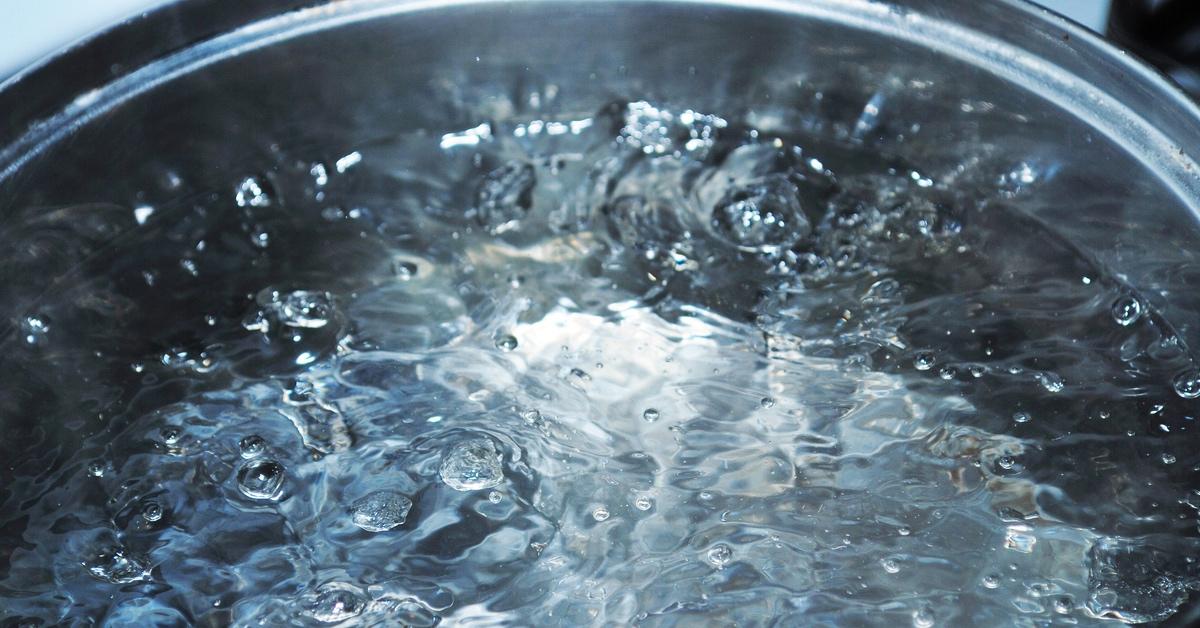Can You Mix Hot and Cold Water Together? The Science Behind This Phenomenon
You may have tried this experiment at home without even realizing it.
Published Oct. 3 2024, 3:26 p.m. ET

If you've ever added steaming hot water to a bath that has grown cold, you may have unknowingly participated in a cool science experiment. While it's fun to mess around with mixing hot and cold water, especially in a container as big as a tub, when it comes to making yourself a drink (or trying to quickly cool something down) you may be wondering why hot and cold water don't actually mix.
Keep reading as I break down the science behind this occurrence, including what you need to know if you're going to be drinking a mix of the two.

Why don't hot and cold water mix?
The answer to this question has a lot to do with water molecules. You see, hot water and cold water are made up of microscopic molecules, and each will weigh a different amount depending on their temperature.
The Science Explorer website explains how the temperature difference can actually alter the weight of the hot water molecules, making them lighter when compared to the cold water molecules.
This is something you can actually see for yourself when you look at a pot of water boiling on the stovetop. As the water warms up, those hot molecules start bouncing around, spreading them further and further apart. This creates a scenario where there are fewer hot water molecules in the water, which makes the warmer water weigh less.
How long does it take to mix hot water and cold water together?
Just how quickly hot water and cold water can be mixed together has a lot to do with what starts out at the bottom of the container you're combining them in, according to The Science Explorer website. If the lighter hot water starts off on the bottom, it will quickly rise to the top on its own once you add the cold water (which sinks to the bottom) speeding up the process which creates a mix more tepid known as "purple water."
The combined water goes by this colorful name thanks to the existing color-coding of the two separate waters, whereas cold water is known as blue and hot water is known as red.
If you start this process the other way around, with the cold water on the bottom and the hot water on the top, the hot water will remain where it is, requiring a little extra help (stirring) to achieve the purple water status.

Is it bad to drink hot and cold water mixed together?
There doesn't seem to be any clear science on whether it's bad to drink water that contains a mixture of hot and cold water. Some folks believe that drinking a mix of hot and cold water can be bad for you. One yoga instructor who spoke with Indian Express said that drinking a mix of hot and cold water can cause bloating, trouble with digestion, and even make it harder for your body to absorb nutrients. However, it doesn't seem like there's any hard facts to back that up.
You can do your own scientific experiment to see how hot water and cold water mix.
If you want to see this process in action — or if you're looking for a really cool classroom science experiment — you can do so with this fun project from the Science Sparks blog.
First, you'll need to gather your materials which include two jars, both hot and cold water, a small card, some food coloring (red and blue works nicely for this experiment), and a tray for those attempting this one indoors.
Use one jar for cold water (adding your blue dye) and the other for hot (adding your red), ensuring that both jars are filled. Next, you'll need to place the card over the jar of hot water, gently flipping it so that you can place it face down over the cold water with the card stuck firmly between the two.
Once they're lined up you can slowly slide the card out, allowing the hot and cold water to come into contact for the first time.
This experiment will offer a clear visualization of how the different waters react depending on which one is on top and just how long it takes for that blue and red water to turn purple, offering a fun way to answer the question as to whether or not hot and cold water can be mixed.